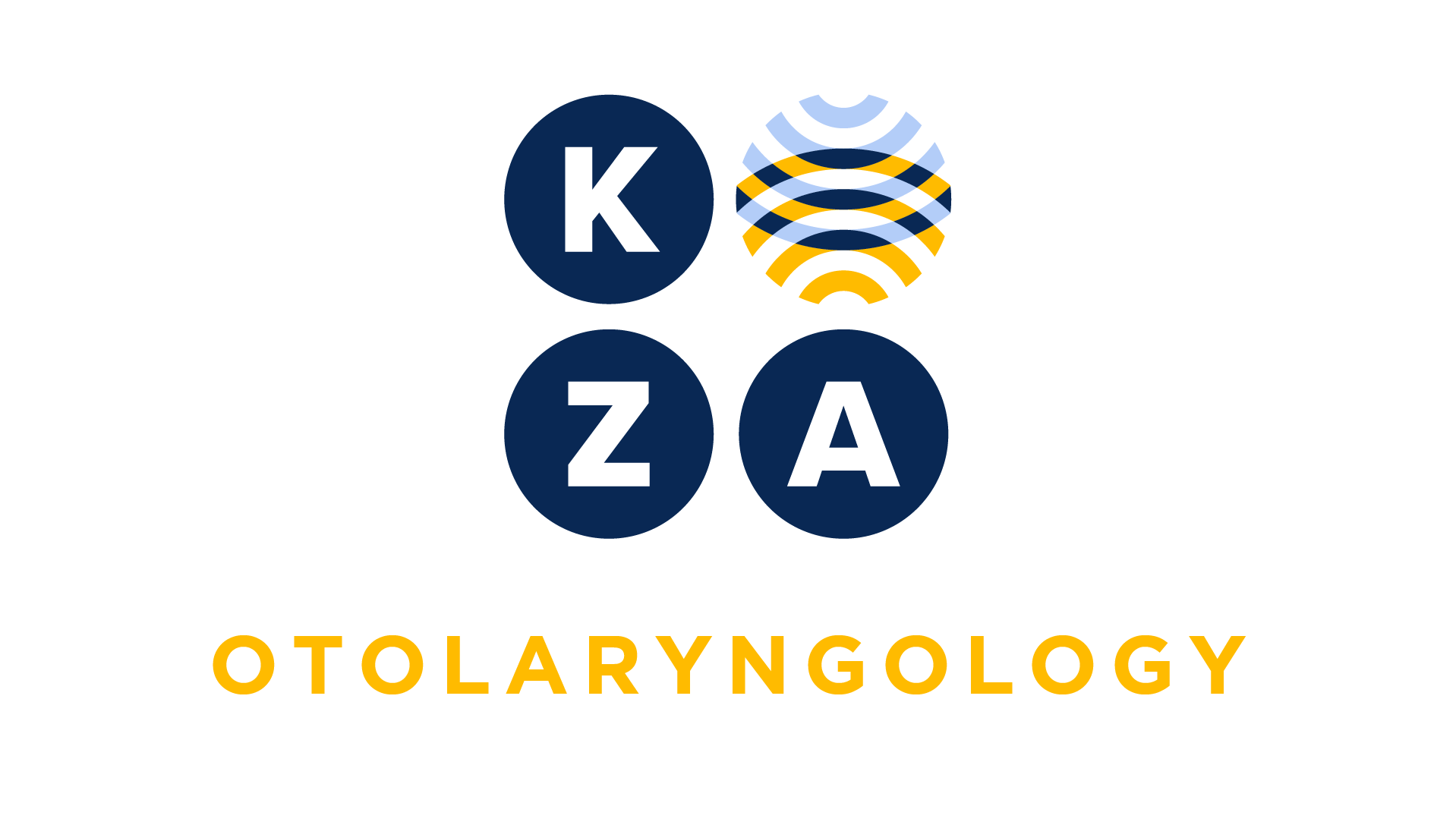
Choose your specialty from the list below to see how our experts have tackled a wide range of client questions.
Looking for something specific? Utilize our search feature by typing in a key word!
Wart Destruction with Liquid Nitrogen
A saw an established patient who I say for evaluation of a wart on the arm. The wart is moderate in severity. I evaluated the wart, performed a skin exam and removed the wart with liquid nitrogen and told the patient to come back PRN. My coder tells me I can only report the wart destruction and not a visit code. Is that correct?
Question:
I saw an established patient who I see for evaluation of a wart on the arm. The wart is moderate in severity. I evaluated the wart, performed a skin exam and removed the wart with liquid nitrogen and told the patient to come back PRN. My coder tells me I can only report the wart destruction and not a visit code. Is that correct?
Answer:
It appears the focus of the visit is the removal of the wart (17110). Unless you have a significant separately identifiable E/M service, the E/M service would be inherent to the procedure. Keep in mind the procedure includes pre-service work which is the E/M service. Only the procedure should be reported in the situation you described.
*This response is based on the best information available as of 7/17/25.
Two Procedures on the Same Day
If a patient develops complications from a procedure later the same day as the original procedure and needs to return to the OR would we append modifier 78 or 79?
Question:
If a patient develops complications from a procedure later the same day as the original procedure and needs to return to the OR would we append modifier 78 or 79?
Answer:
Neither; the global period begins the first day after the procedure, so when returning to the OR on the same day as the original procedure you would append modifier 59 (or XE if X modifiers are used) to the second procedure to demonstrate that it is a separate encounter.
*This response is based on the best information available as of 7/17/25.
Decision for Surgery: Always a Level Five?
If the surgeon documents the decision for surgery and places the standard risk paragraph for that surgery, is this automatically a high level of risk?
Question:
If the surgeon documents the decision for surgery and places the standard risk paragraph for that surgery, is this automatically a high level of risk?
Answer:
Thank you for your inquiry as this is not an uncommon question; we discuss this at length in the KZA coding courses.
There are two risk levels associated with the decision for surgery:
Moderate: Decision for Surgery without documentation of procedure risks and patient specific risks for that surgery.
High Risk: Decision for Surgery with documentation of procedure risks and patient specific risks for that surgery.
Remember, this Risk Element is only of the three Medical Decision Making (MDM) Elements. To meet a level four or level five encounter, two of the three MDM Elements either need to be at or meet the associated E&M level.
The number and complexity of problems addressed.
The amount and/or complexity of data to be reviewed and analyzed.
The risk of complications and/or morbidity or mortality of patient management.
*This response is based on the best information available as of 7/03/25.
Same Group Coding
The Interventional Cardiologist can generally bill an E/M (Evaluation and Management) service during the 90-day global period of a procedure performed by the Electrophysiologist in the same group — but only if certain conditions are met and modifier 24 is applied correctly.
Question:
If an Electrophysiologist performs a 90-day procedure and an Interventional Cardiologist in the same group sees the patient mostly for the reason for procedure, can he bill an EM, if yes, would a modifier be necessary?
Answer:
The Interventional Cardiologist can generally bill an E/M (Evaluation and Management) service during the 90-day global period of a procedure performed by the Electrophysiologist in the same group — but only if certain conditions are met and modifier 24 is applied correctly.
Since both physicians are in the same group, they're typically considered the same provider for billing purposes. The key is demonstrating that the Interventional Cardiologist's service was separate, medically necessary, and not just a routine post-procedural visit that would normally be included in the global surgical package.
The documentation should clearly support why this additional E/M service was necessary and distinct from the typical care associated with the procedure.
*This response is based on the best information available as of 7/03/25.
Facet Wedge?
Our surgeon used a facet wedge device at C1-C2 and then performed facet arthrodesis with instrumentation. How would I code the facet wedge?
Question:
Our surgeon used a facet wedge device at C1-C2 and then performed facet arthrodesis with instrumentation. How would I code the facet wedge?
Answer:
Thank you for contacting KZA with an inquiry!
The codes for posterior intrafacet implants (facet wedge/dowel arthrodesis) are Category III codes: 0219T (Cervical, 0220T (Thoracic), & 0221T (Lumbar). These codes include imaging and placement of bone grafts, synthetic devices, and arthrodesis.
Based on the presented scenario, if a facet fusion is performed and documented, it would not be appropriate to report 22600 instead of or in addition to 0219T. CPT provides a list of codes not to report in conjunction with at the same level. This is appropriately reported with 0219T.
*This response is based on the best information available as of 7/03/25.
Evaluation and Management Service on the Same Date as an Office Procedure
A patient came into the office for a balloon sinus ostia catheterization and dilation of the maxillary, sphenoid and frontal sinuses bilaterally. My surgery scheduler has already obtained pre-certification for the procedure as it is covered in the office setting. I performed an examination and then did the procedure. I then performed a sphenoid, frontal, and maxillary dilation bilaterally. Can I bill an E/M service since I examined the patient?
Question:
A patient came into the office for a balloon sinus ostia catheterization and dilation of the maxillary, sphenoid and frontal sinuses bilaterally. My surgery scheduler has already obtained pre-certification for the procedure as it is covered in the office setting. I performed an examination and then did the procedure. I then performed a sphenoid, frontal, and maxillary dilation bilaterally. Can I bill an E/M service since I examined the patient?
Answer:
No, since the focus of the visit was the procedure and you have already obtained precertification for the procedures on the sphenoid and frontal sinus dilation (CPT 31298-50) and the maxillary dilation (31295-50), the E/M service is inherent to the procedure and should not be reported separately. In this situation there is not a significant separate identifiable justification for an E/M service.
*This response is based on the best information available as of 7/03/25.
Do you have a Coding Question you would like answered in a future Coding Coach?
If you have an urgent coding question, don't hesitate to get in touch with us here.






